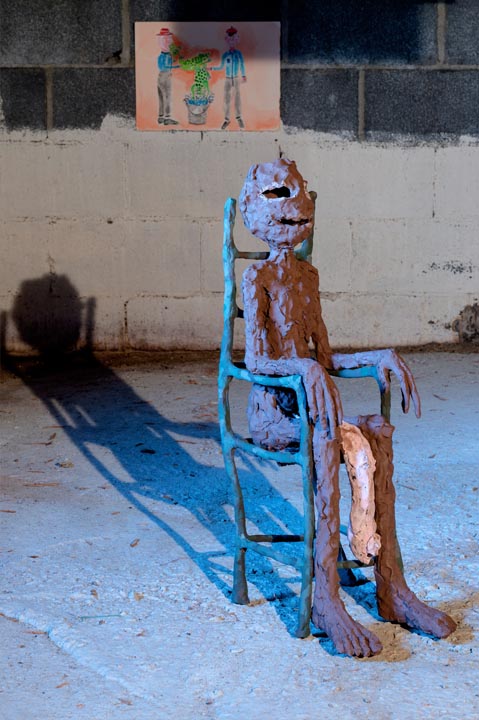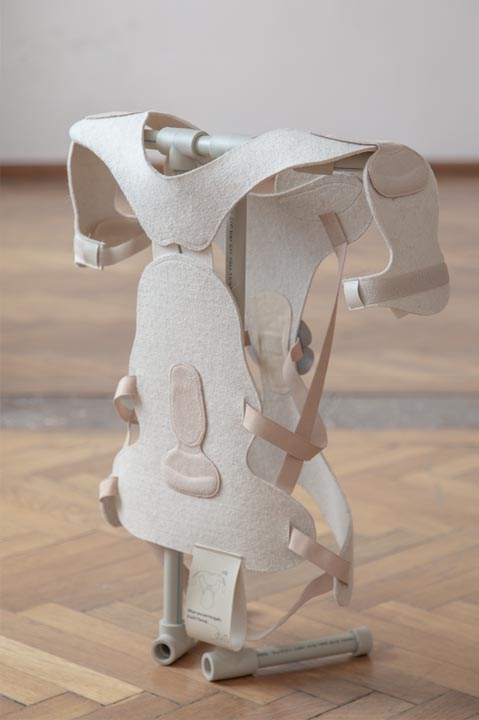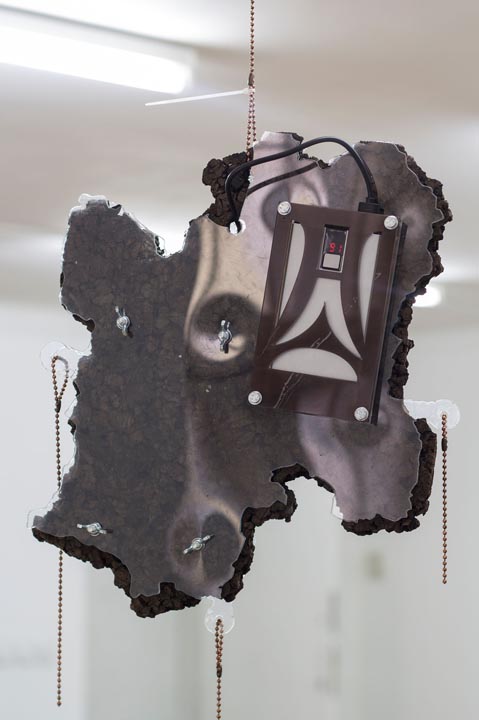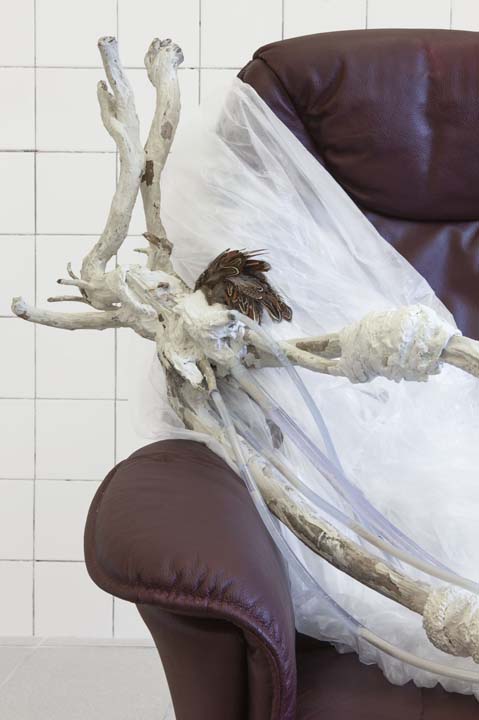OFLUXO
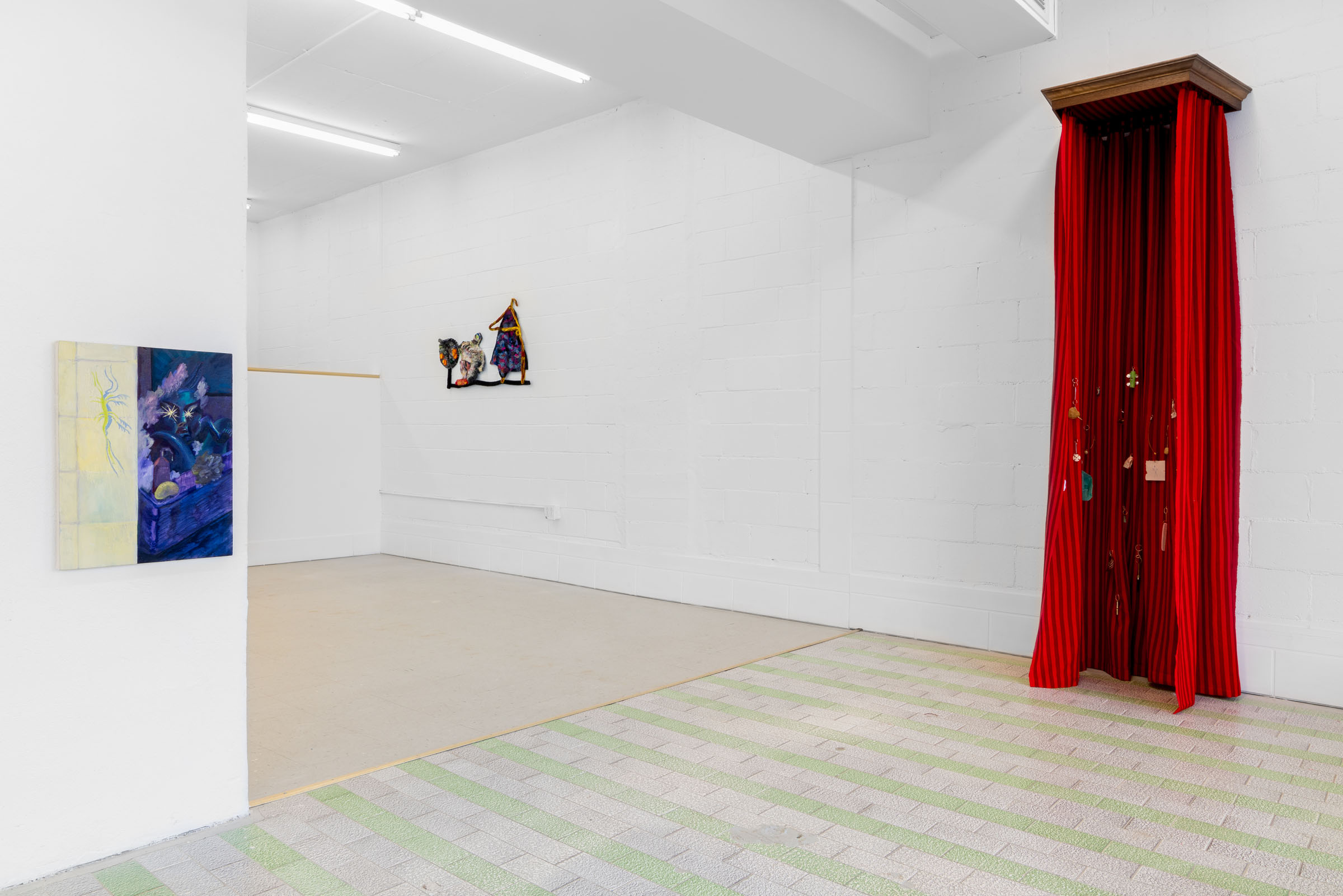
Women’s Work
Anne Low, Luanne Martineau, Olga Abeleva
At L’INCONNUE, Montreal, Canada
Apr 18 – Jun 8, 2019
Anne Low’s women workers could be found on the medieval construction site (2016-2017)emerged from the discovery of an archival illustration of two women laying bricks in the Middle Ages. Weaving is at the foundation of Low’s practice and she ascribes to her work a highly specified approach normally applied to furniture or interior decorating. In the artist’s words “it’s a work that is in the realm of an extremely formal and material methodology (i.e. the woodwork and the hand-dyed and hand-woven wool cloth) that is an armature for the more unknowing aspects of how I think about subjectivity. The bits are mostly garbage and things I picked up around the studio, but they are with silver components that are made like jewelry. The woman as worker, the weaver as worker are things that are always present in my work.” For women workers could be found on the medieval construction site, Low hired a craftsperson to fabricate the wooden component of the work. Her materials include outsourced objects such as pieces of jewelry. The work functions as a shrine, an offering to women and as a recognition of their work. Here the viewer can pause and consider a topic of public interest with an intimate engagement.
Luanne Martineau’s Fall Carcade (2019) consists of three parts: a prairie blanket collapsed over a hanger, a diseased and grotesque eye, almost animalistic but still human, and lastly a plate with a quotidian dinner side of sliced carrots and green beans. Commissure, Carol (2019) is composed of three triangular forms structured off a discarded hanger in Martineau’s studio. Commissure is the connective tissue between the two hemispheres of the brain. Two hanger impressions oppose each other in reverse, resembling a moth-like creature. They form an hourglass-shape that connects to the work’s third component via an umbilical-like cord that points like an arrow towards the rest of the work. The banal chain of everyday objects in each work composes a sentence. One object cannot exist without the other, together they create meaning. The artist states “there is humour there for me – to work that hard to get something that stupid!…it’s humorous but at the same time there is simplicity to the appetite and satisfaction it offers.” Unlike the delicate woven fibers of Low’s work, felt is an industrial material achieved through compression that does not require warp or weft. “Felt is a non-precious textile, it didn’t have attributes that feminized it overtly.” Iconically, Robert Morris radicalized the material through his decades long practice. Felt needs to be manipulated by hand. Much like chiseling through marble, it’s laboriously malleable, diverging from the gentrified medium of textiles.
Olga Abeleva paints in a theatrical language. Tension builds between two scenes fighting for dominance on the canvas’ two-dimensional plane. Framed to articulate a sense of time and create a scene similar to a strip in a comic book, one person plays numerous characters. A spotlight is shown on a neglected scene of a creature, a bug or chewed gum stuck beneath a desk. In Intruder 2 (2019) a character gazes upward at a figure meeting her lips. Their faces are blurred, making it uncertain if this is imagined or real. A counter divides the scene, an exaggerated shadow of a bug dictating the foreground. One is left wondering who the intruder is here? Is it the mysterious kisser from above, the bug or the protagonist pressing the bell calling for service?
My friend Clarice (2019) pictures the novelist and short-story writer Clarice Lispector fast asleep while a diener-like man is hunched over her face applying red to her lips. A spotlight magnifies her witchy green-hued face, a contradiction to her reputation of beauty and glamour. Two scenes are about to meet with flames nearing the edge of Lispector’s bed, a burning cigarette between her fingers. It’s rumoured that Lispector hired a beautician to apply make-up to her face; sometimes the transformation occured while she was in an unconscious state. Lispector was obsessed with maintaining her physical appearance and exposing the abjection of female aging in her writings. Similar to the themes of the madness and the mundane in the modernist writer’s work, the painting forces two separate events to co-exist : the life-altering fire and the banal tasks of daily beauty rituals.In both Abeleva’s and Martineau’s works, humour and the glorification of banal play a central role.
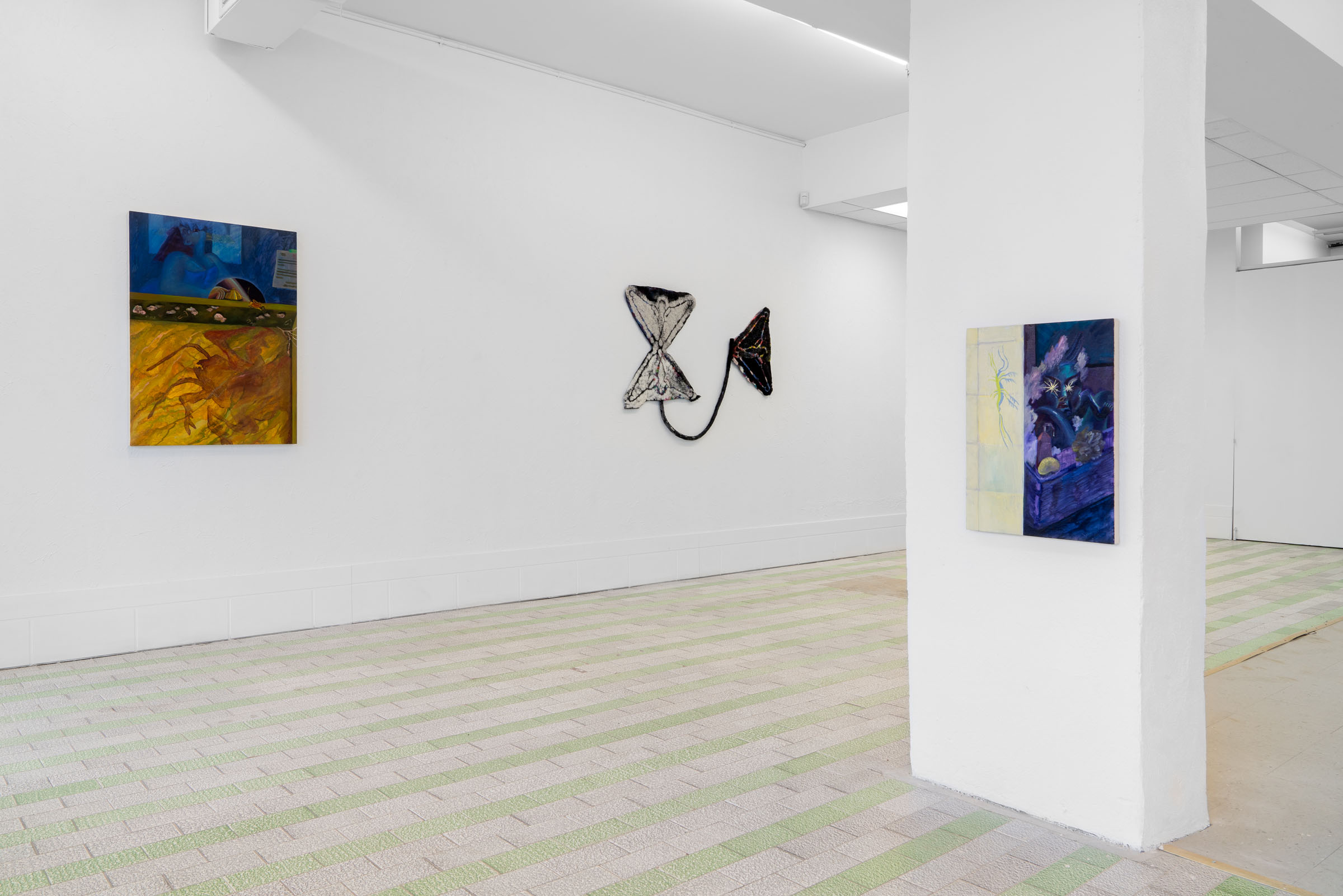
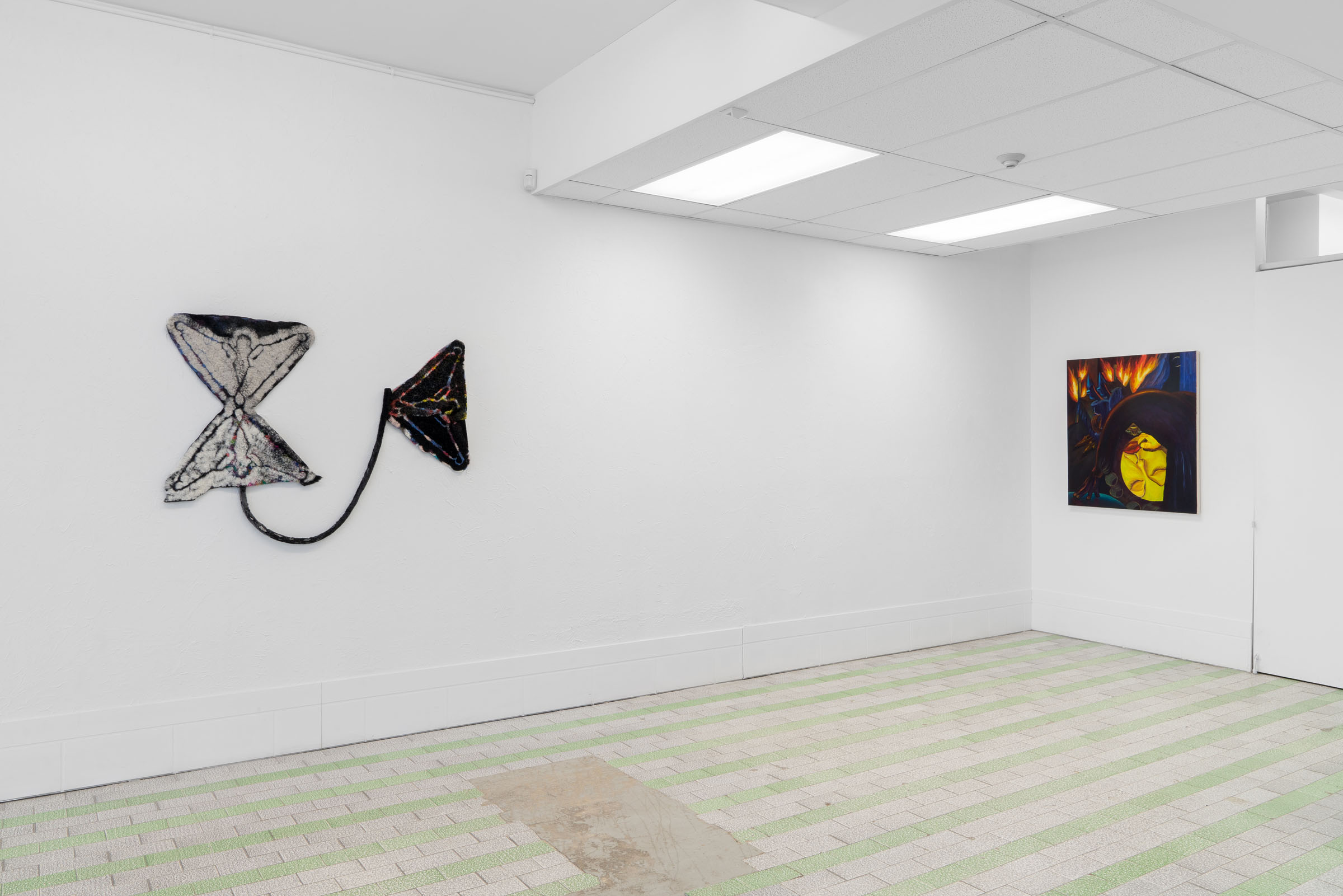
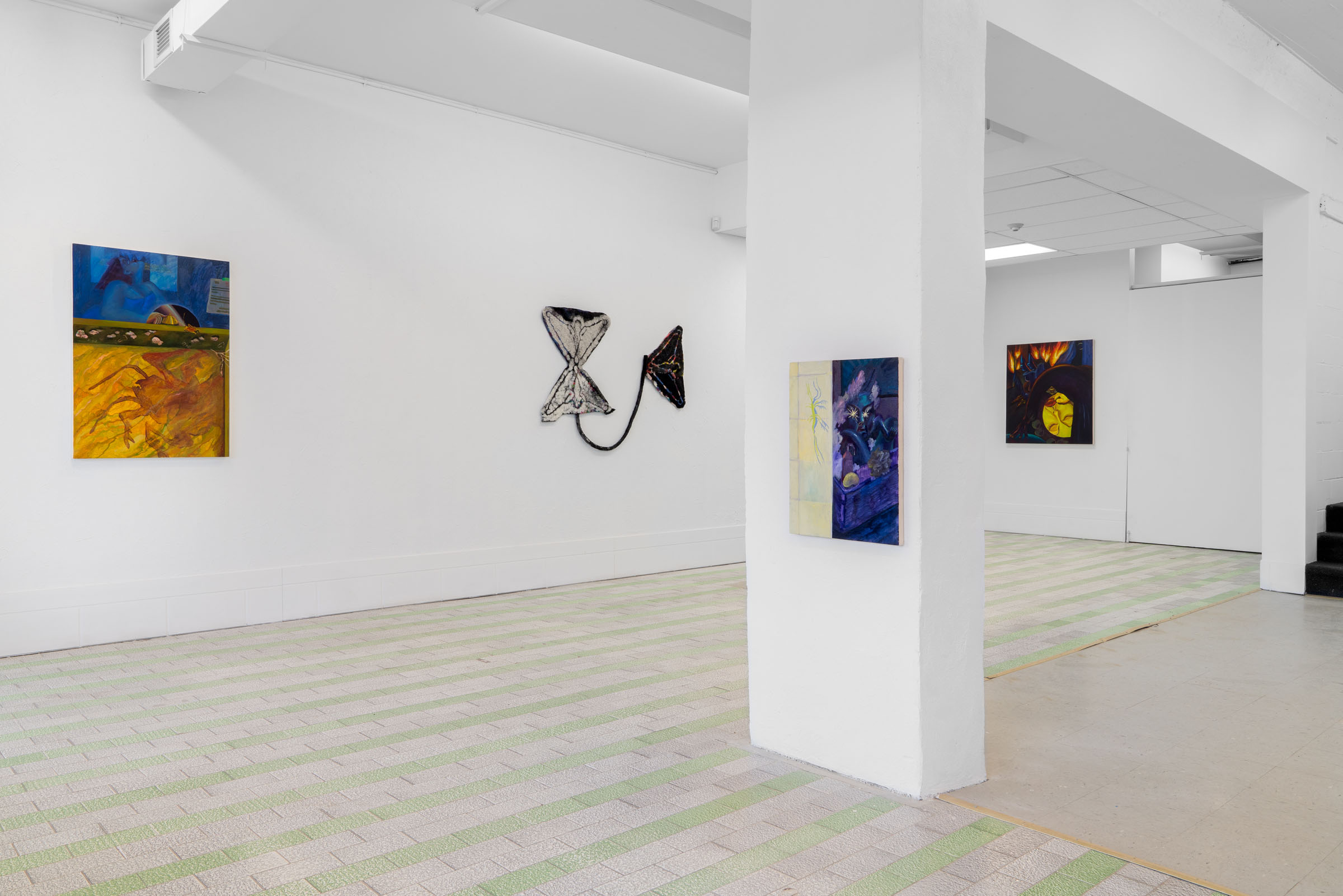
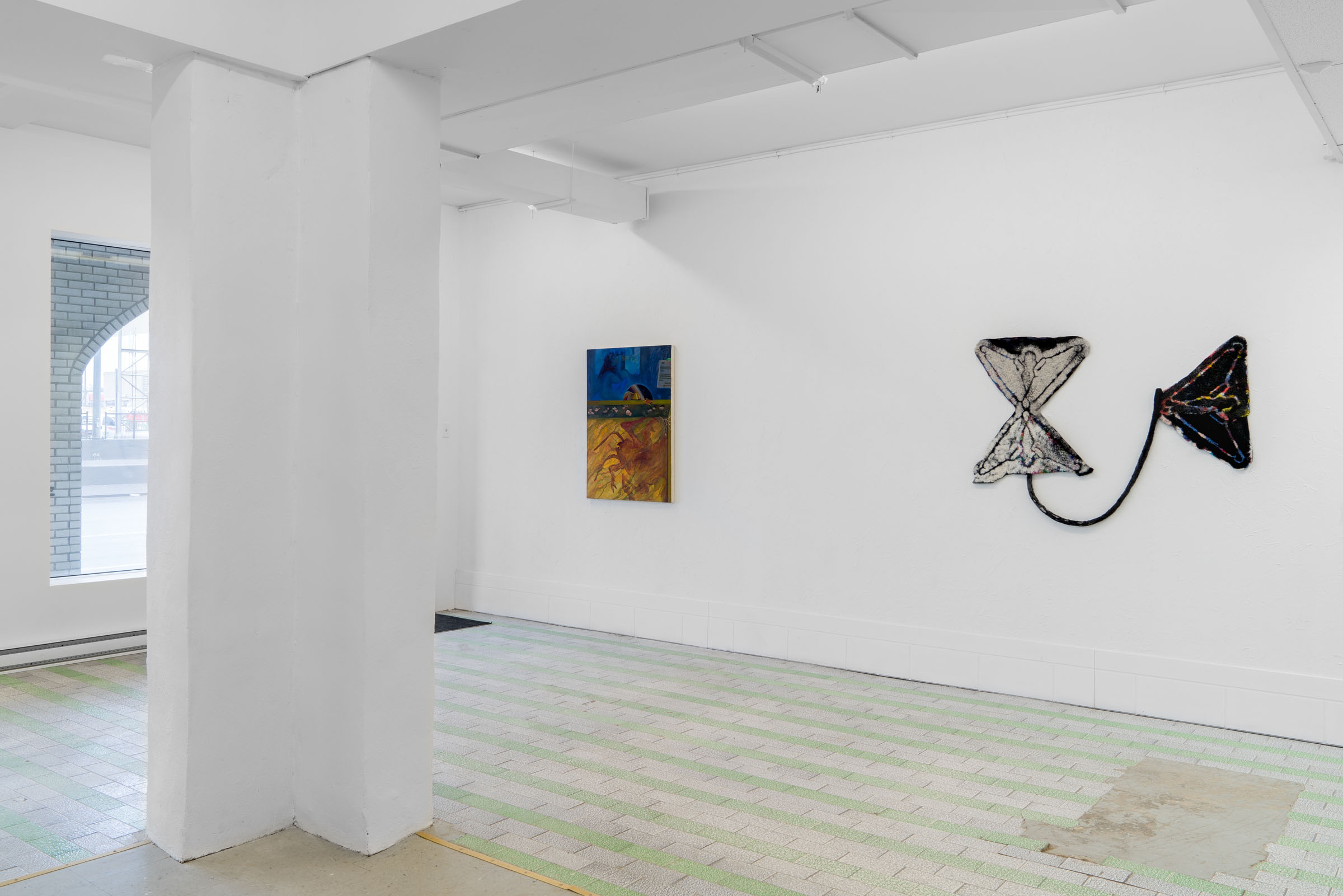
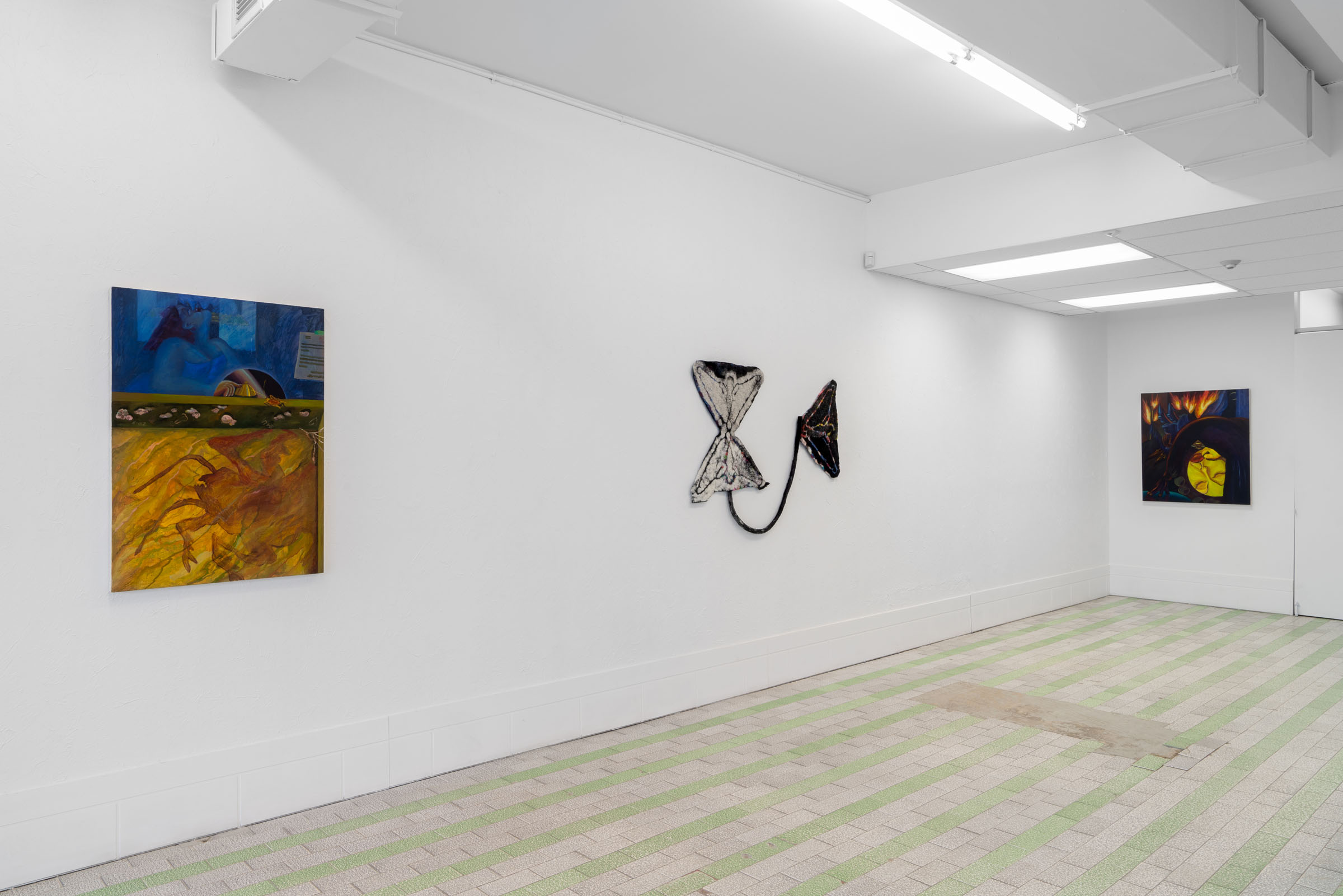
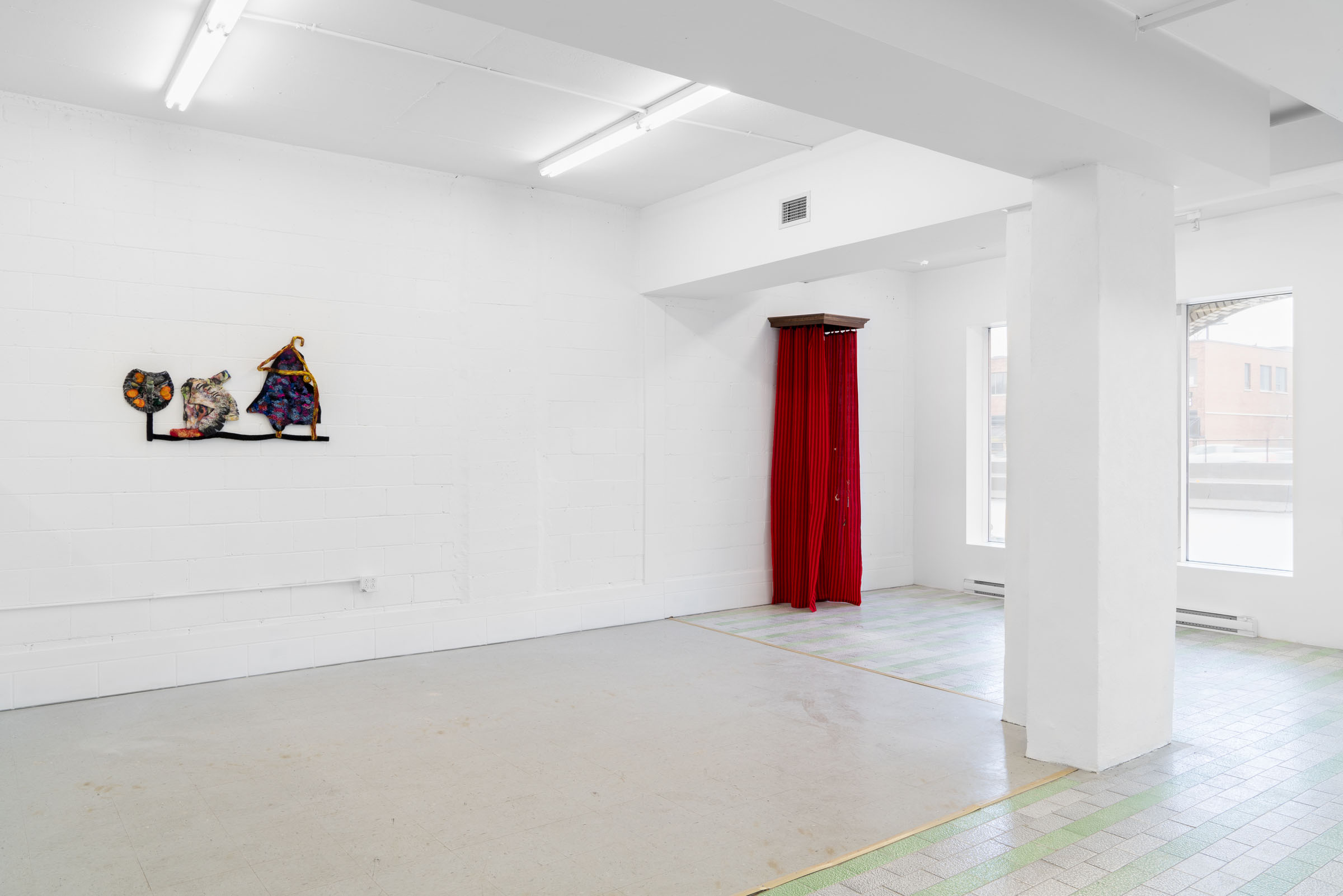





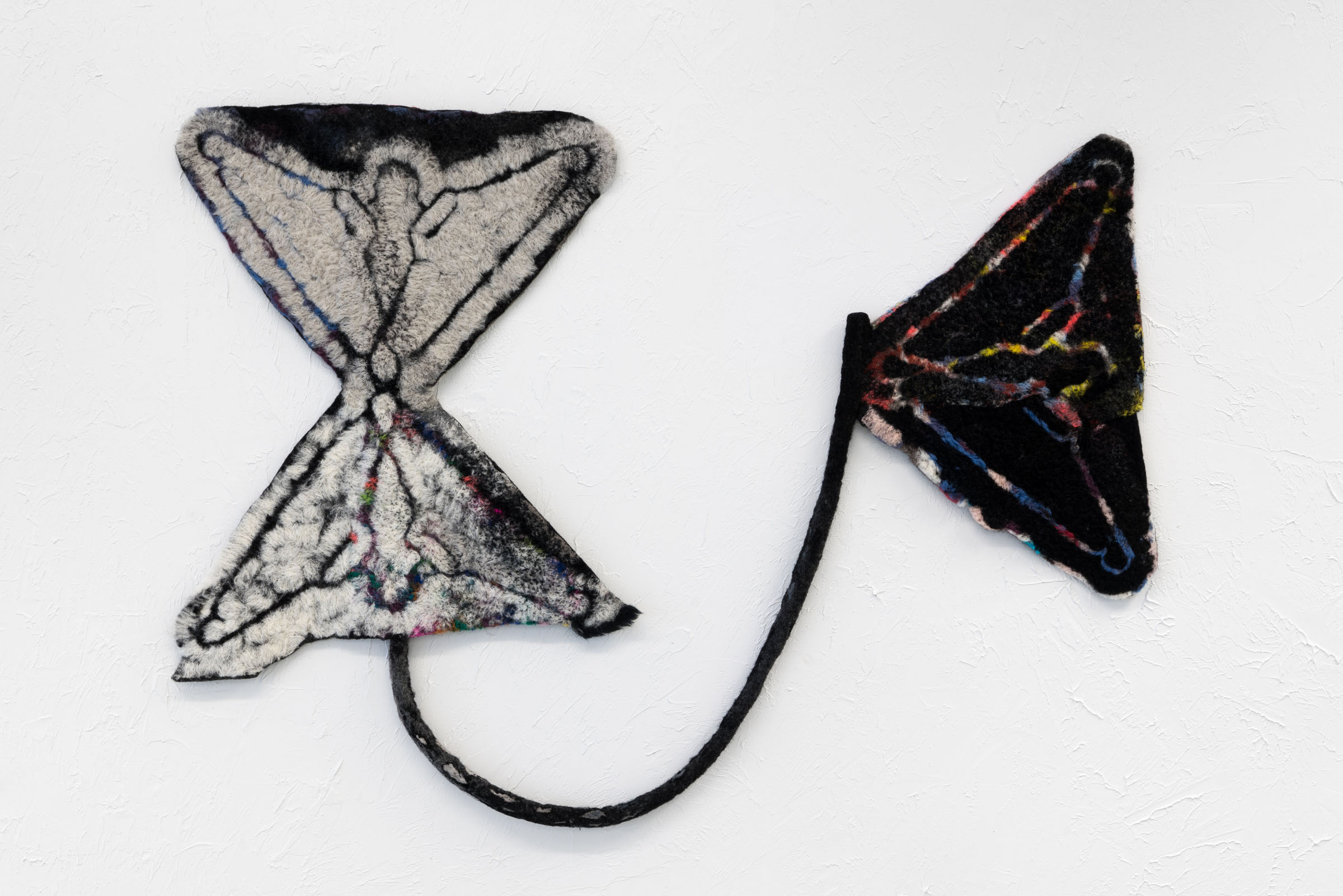
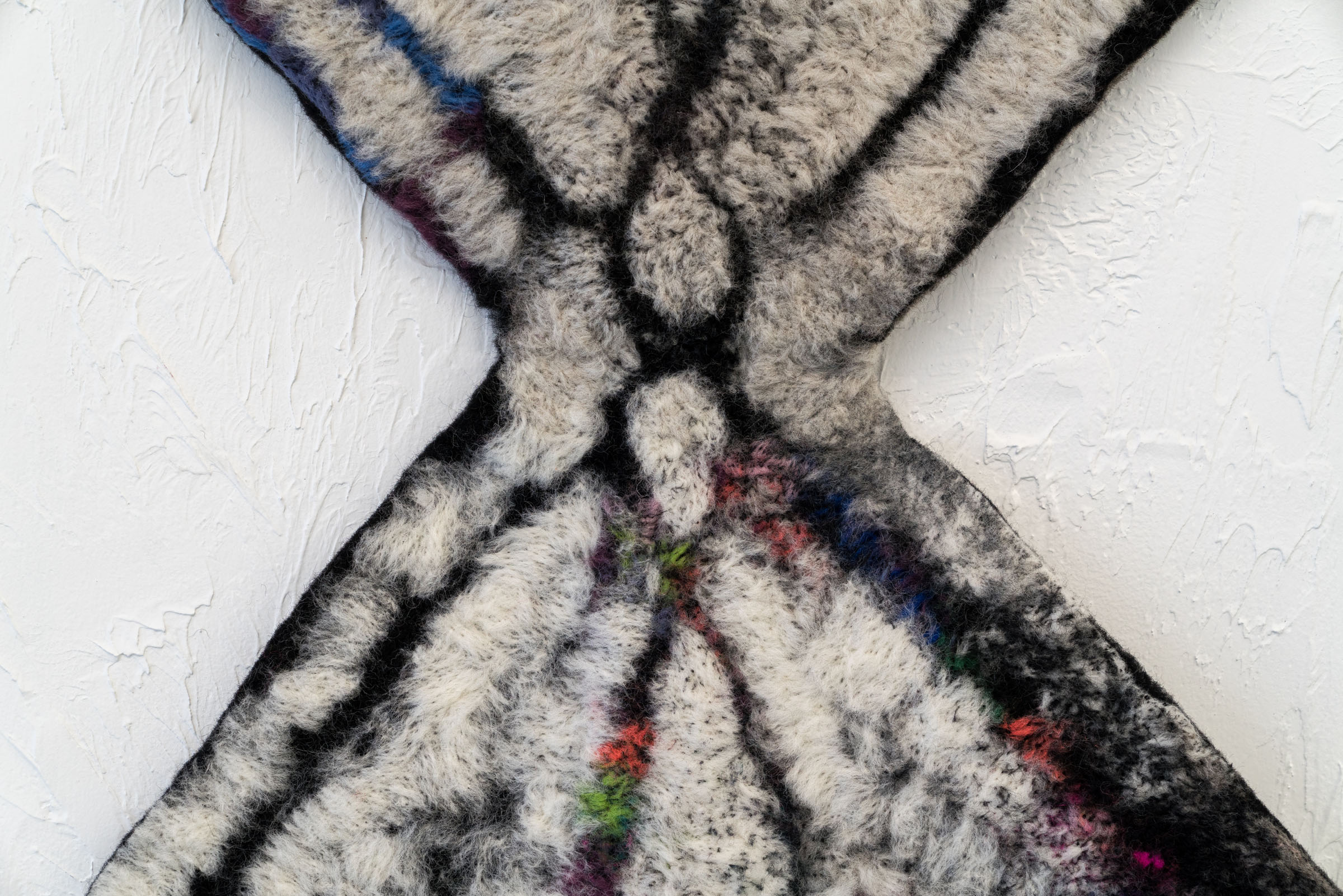
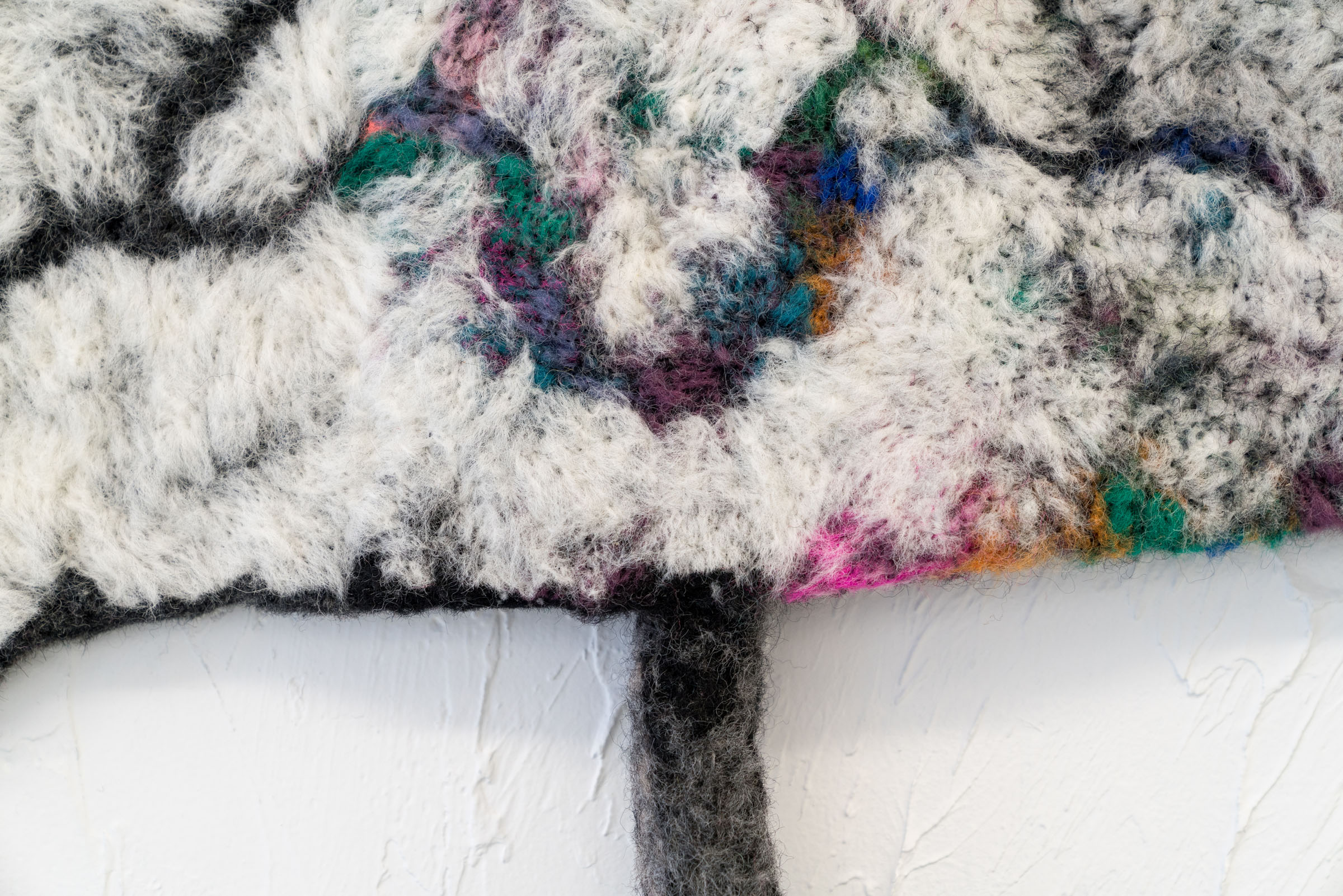
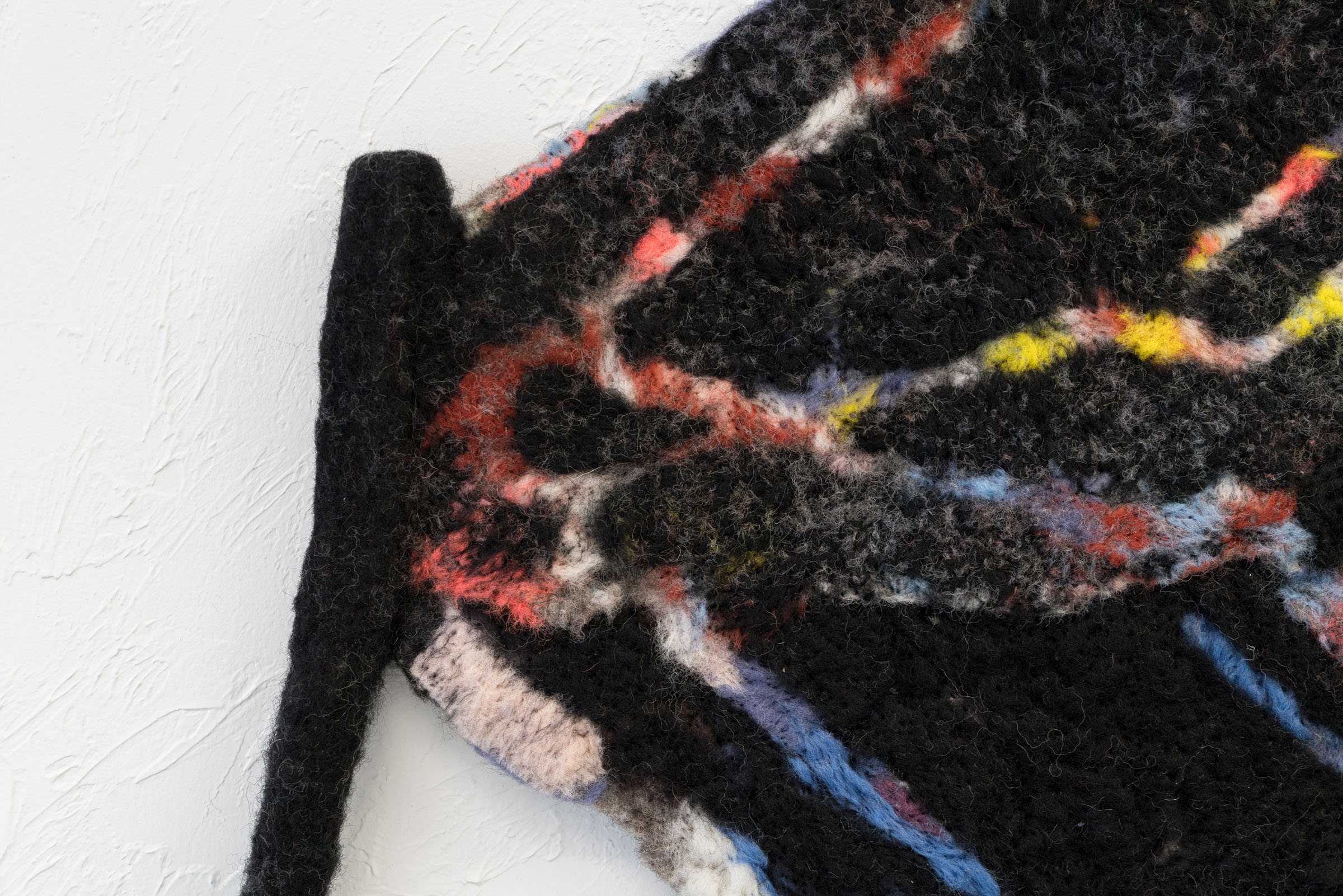
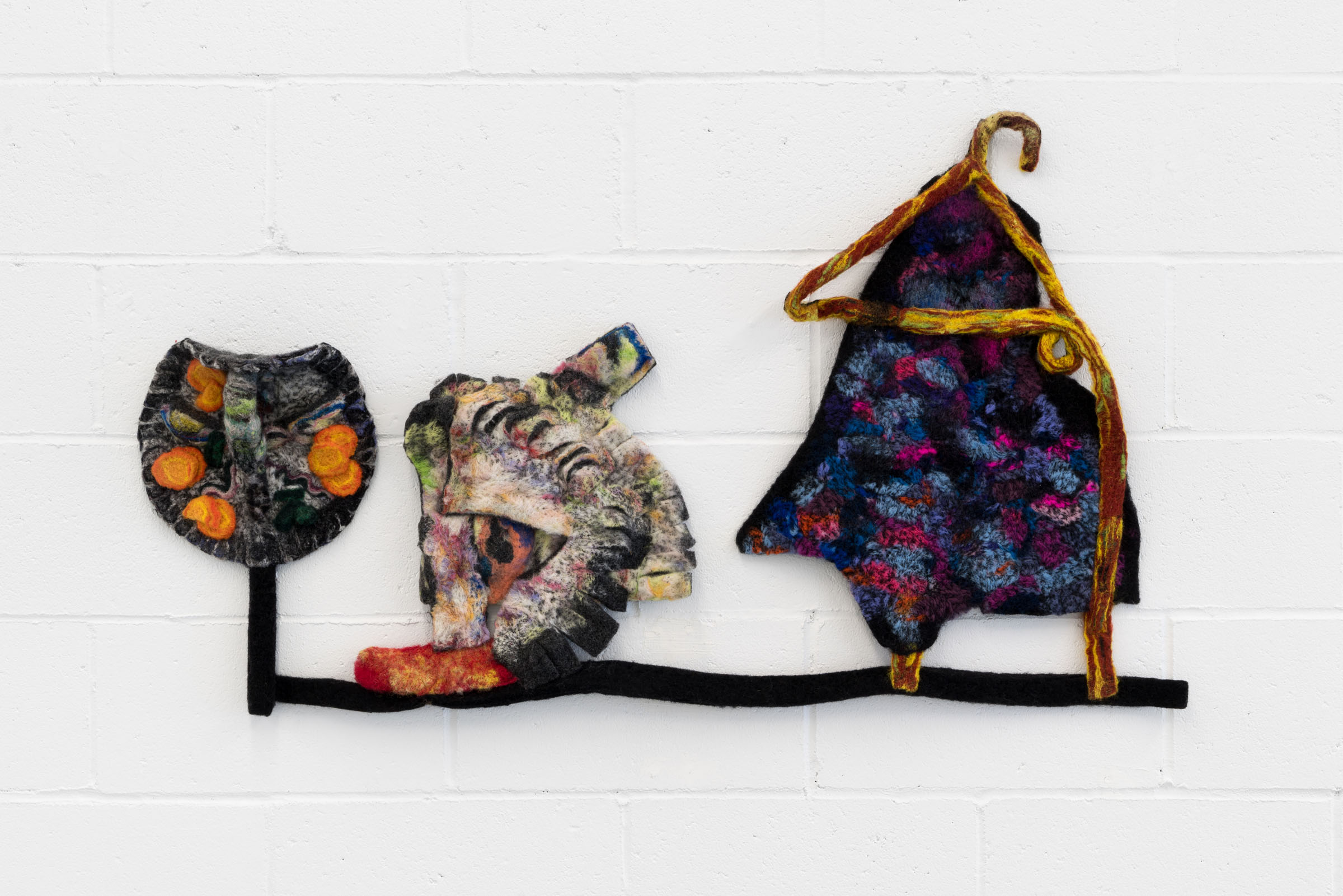
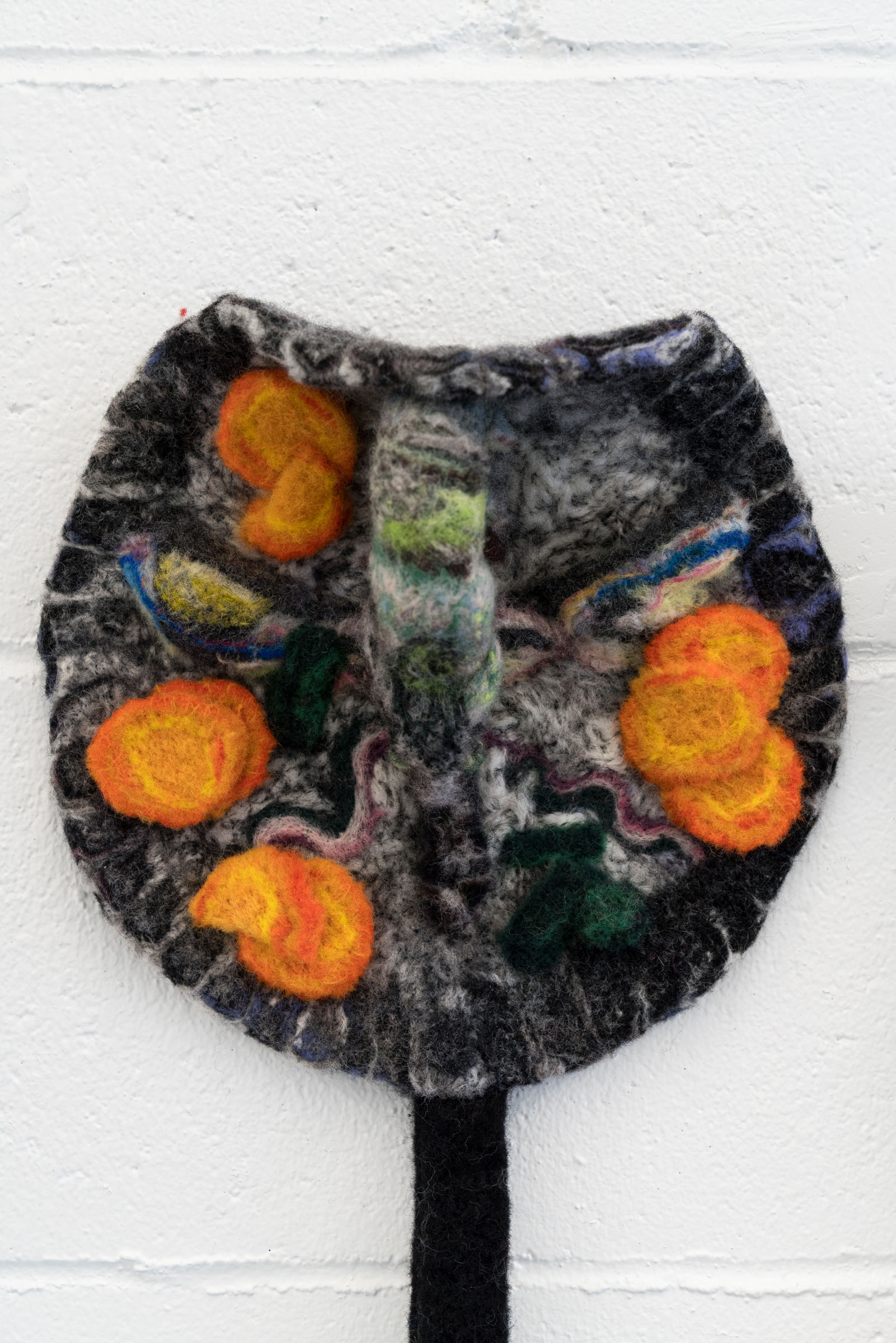
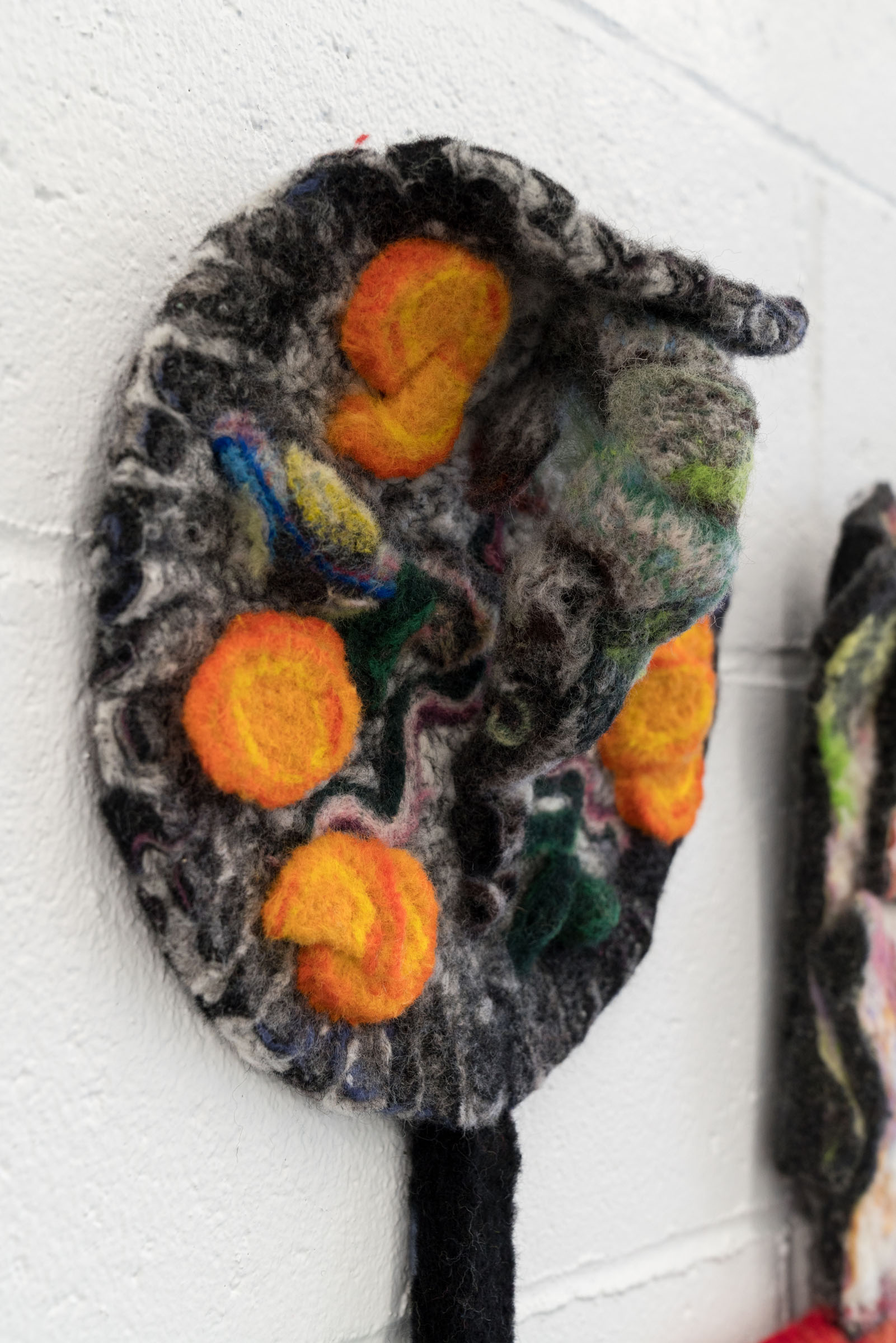
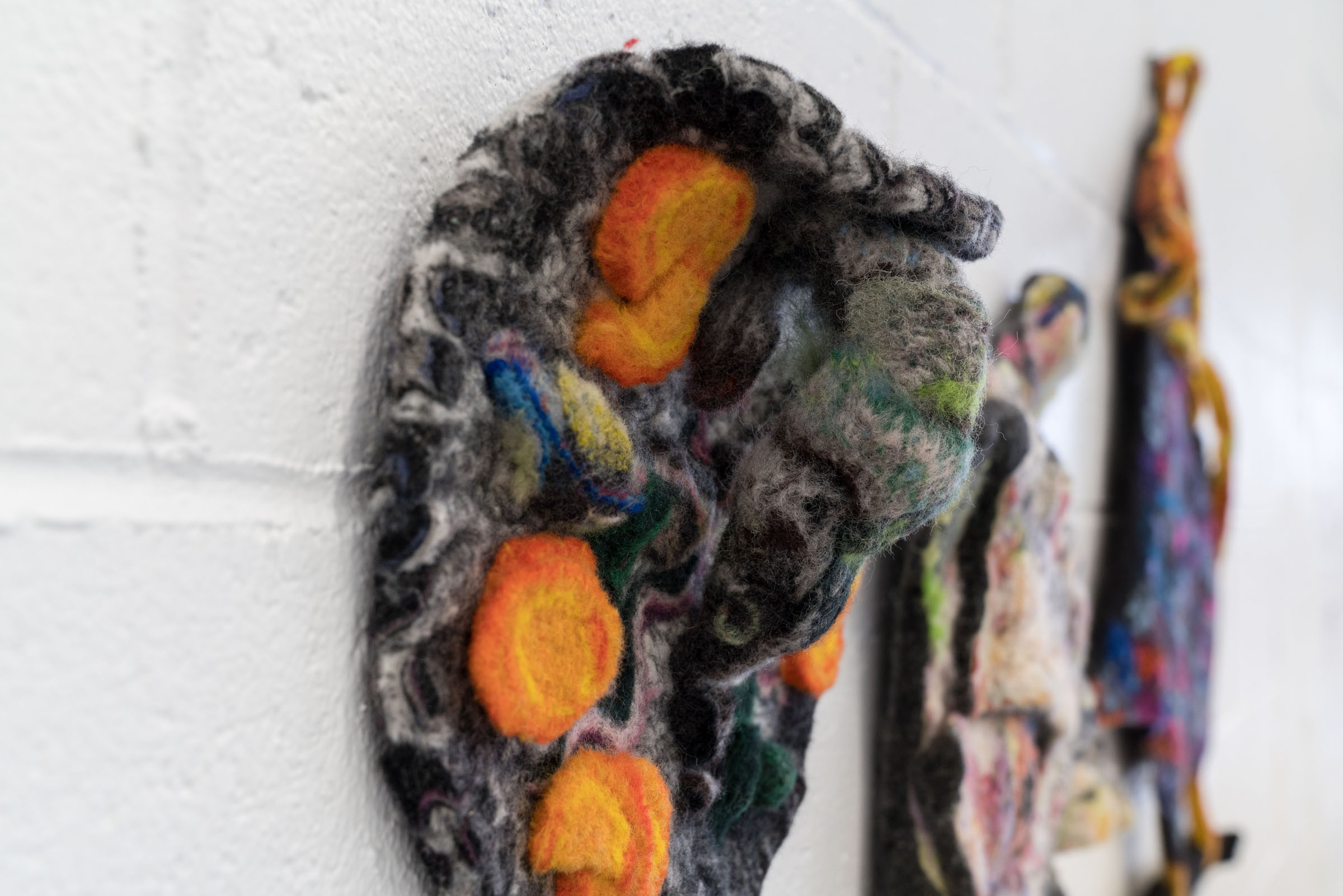
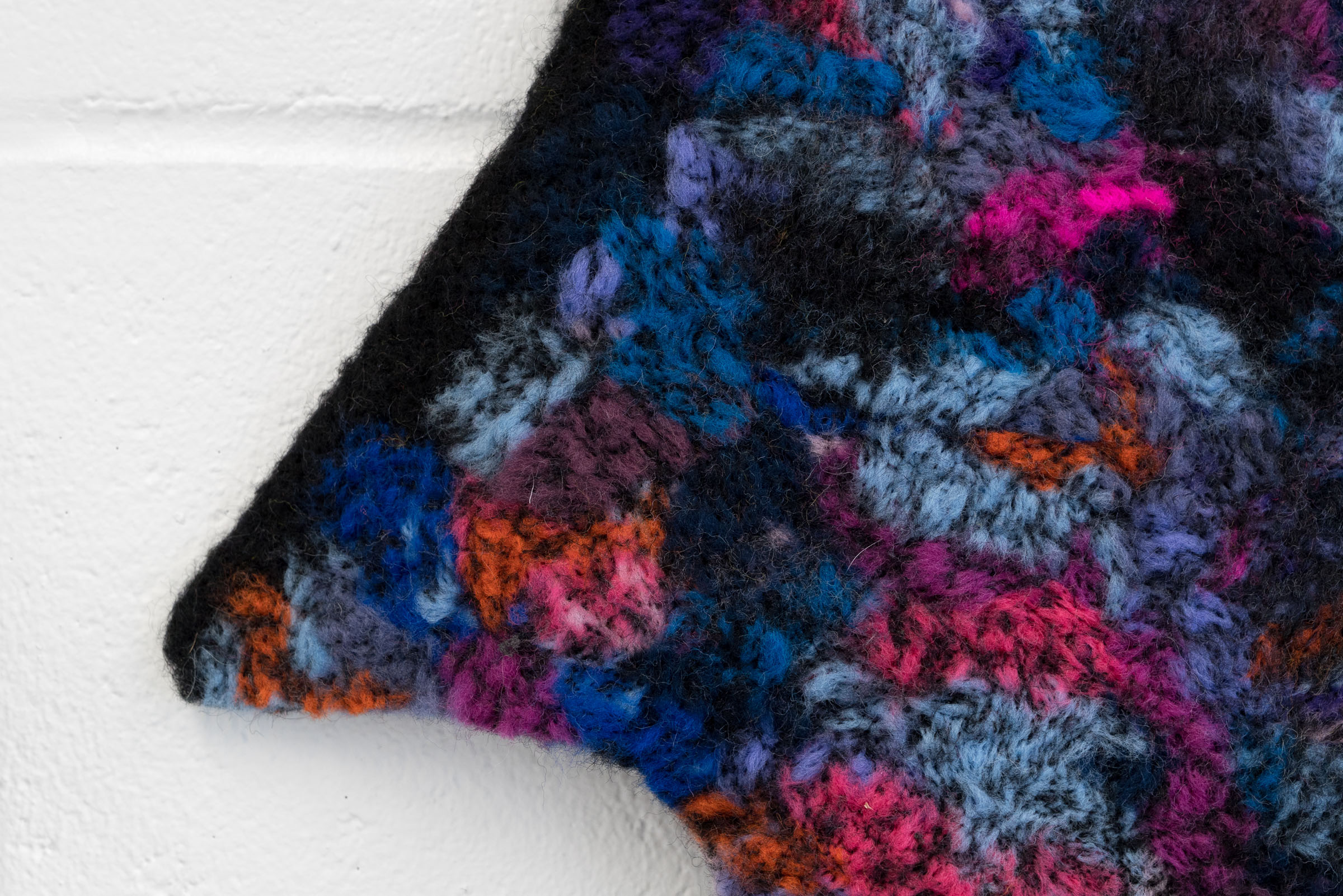
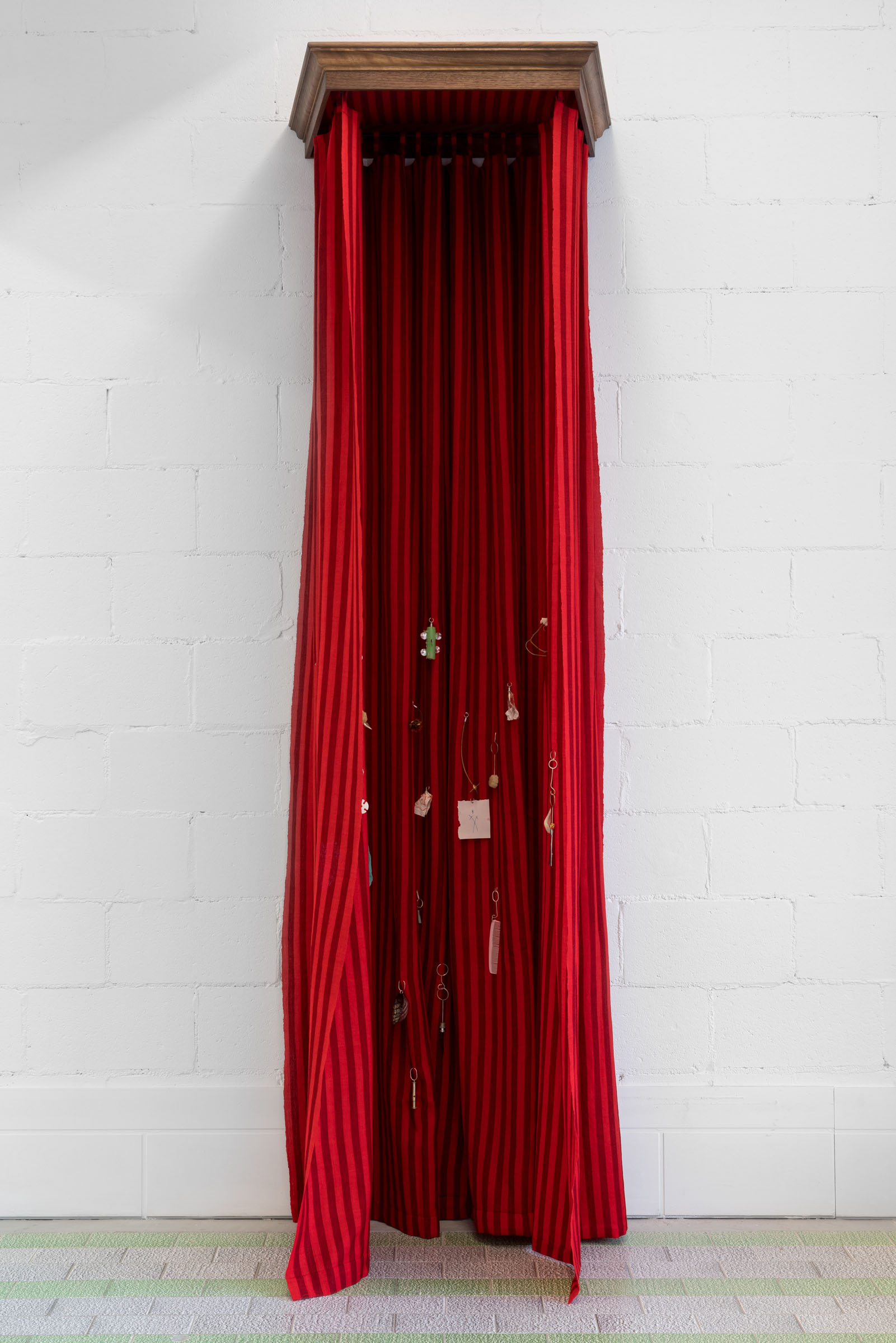
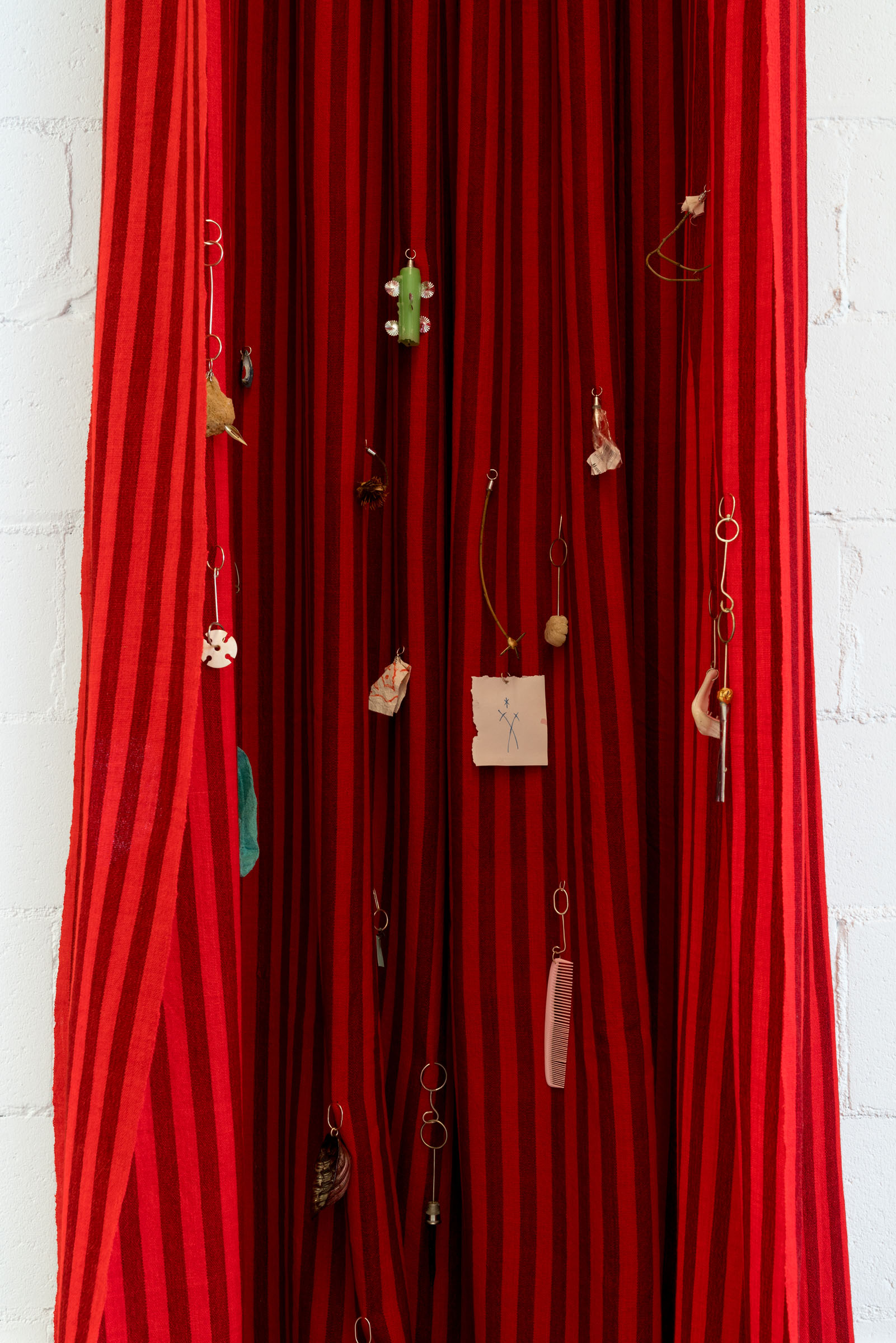
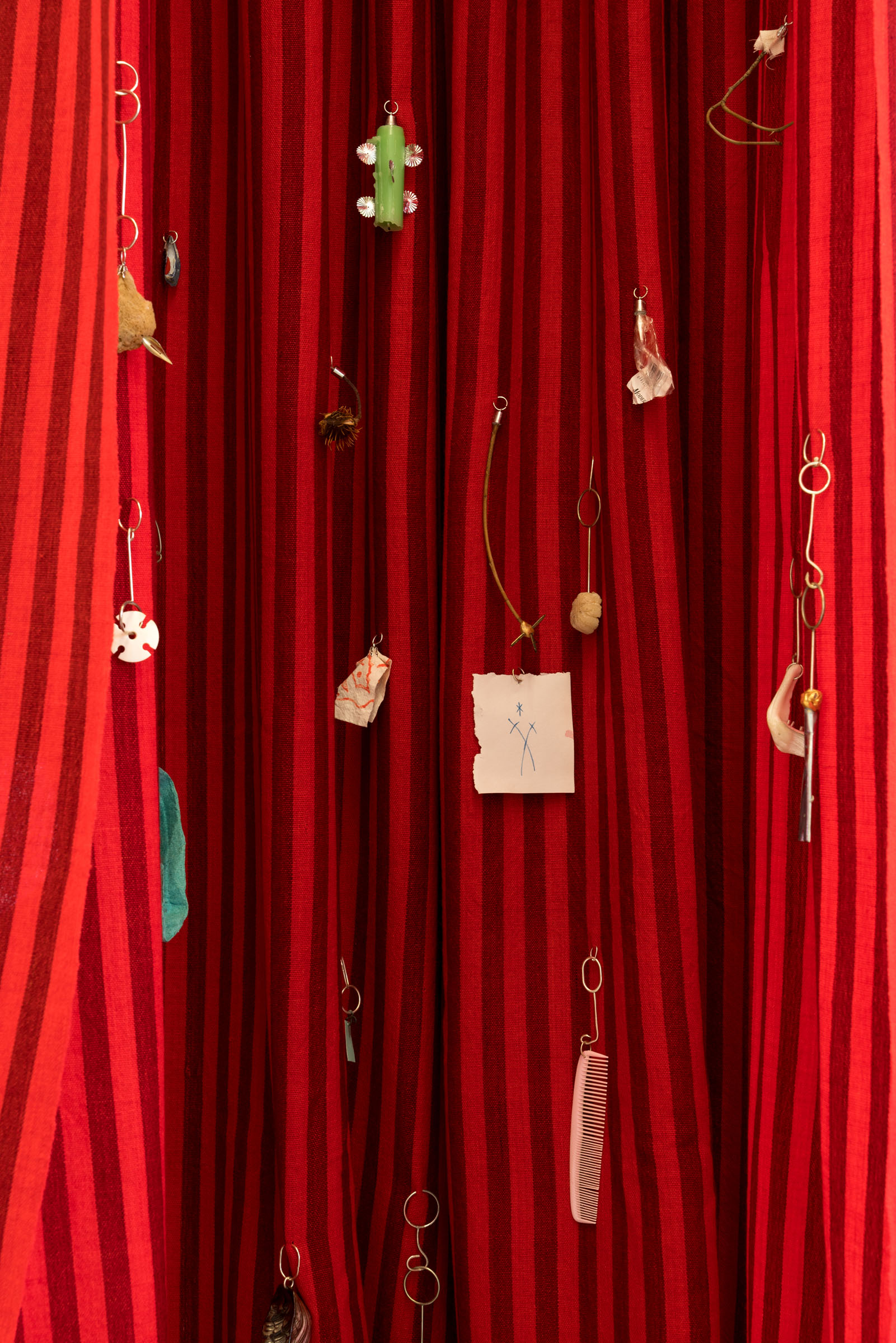
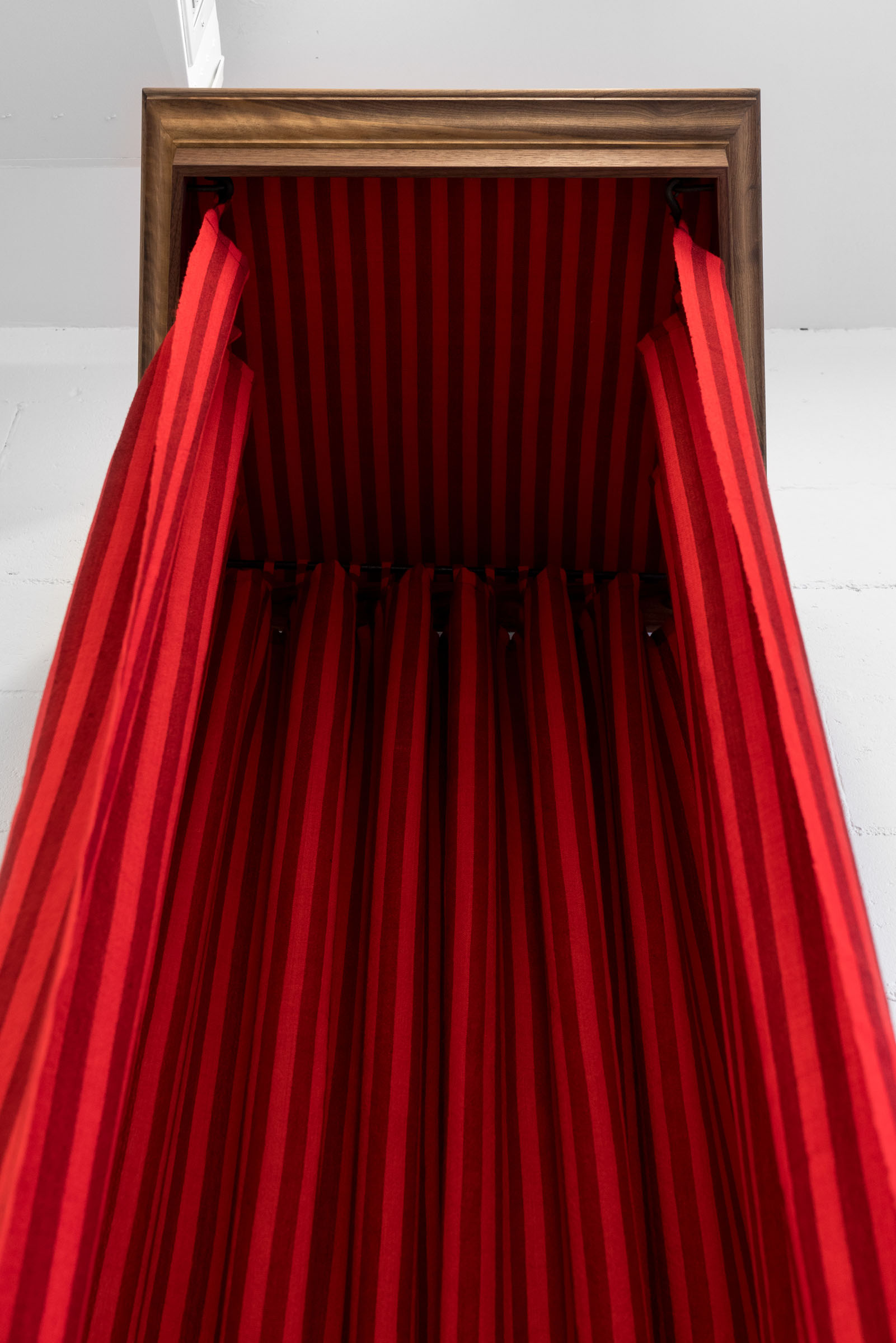
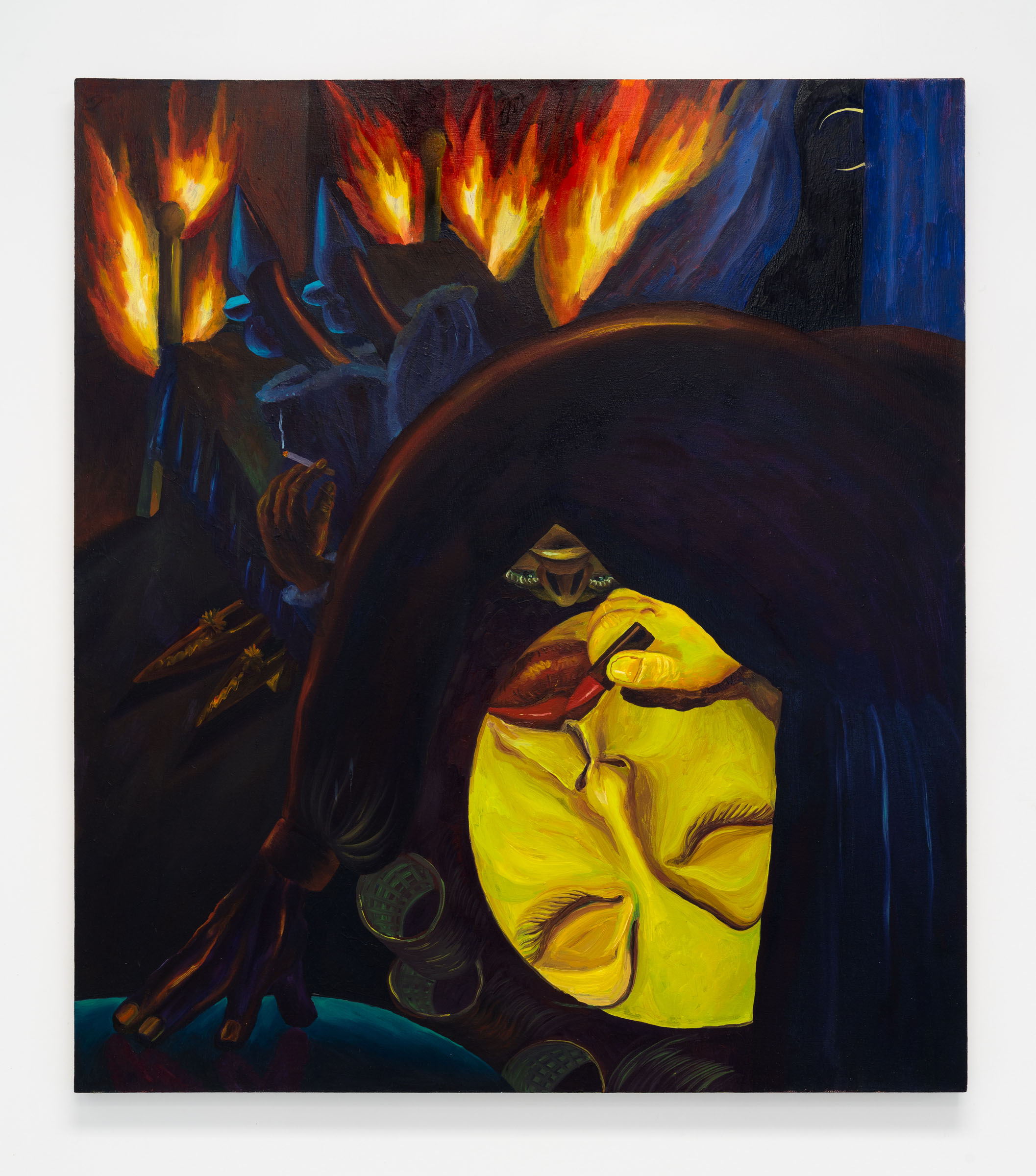
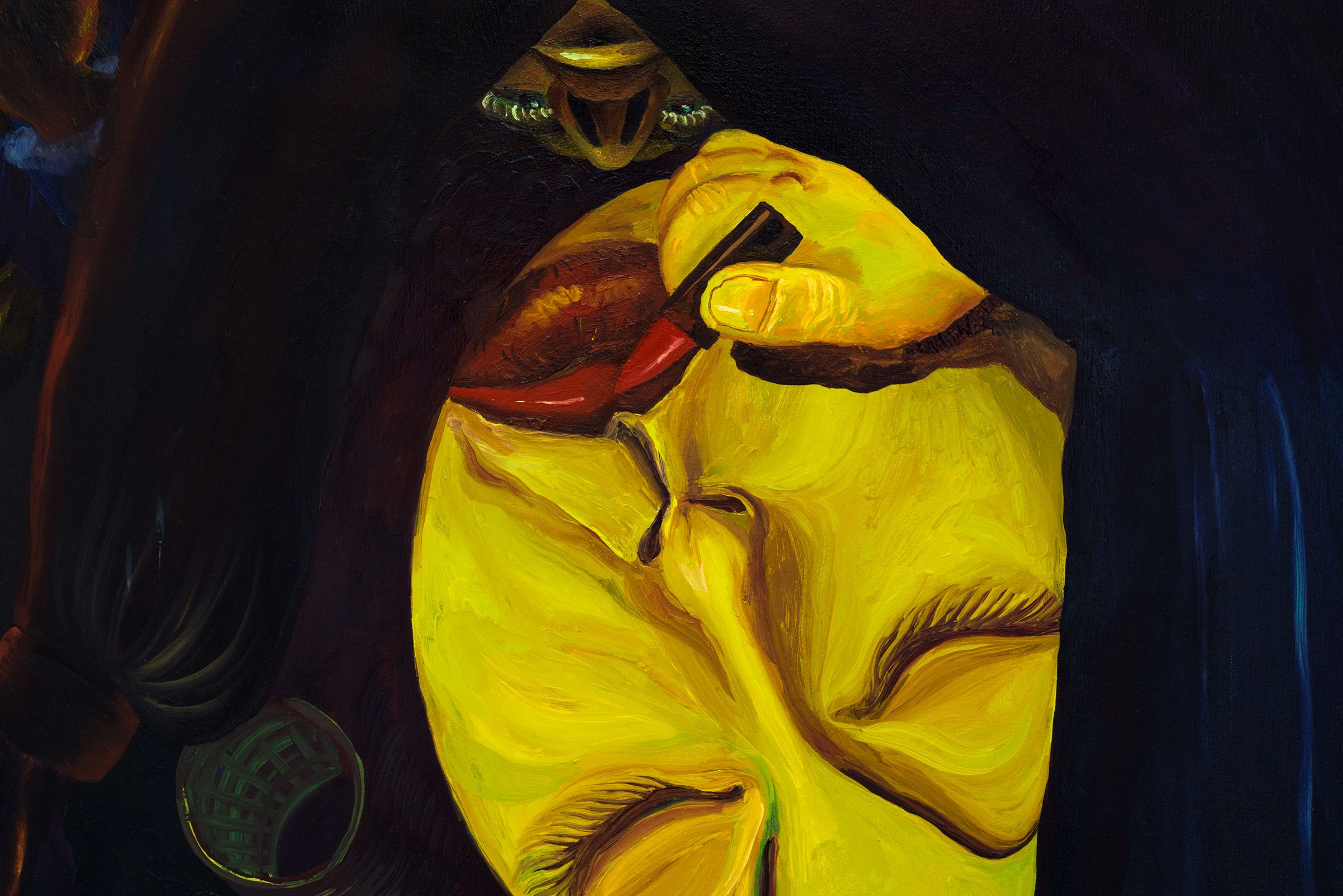
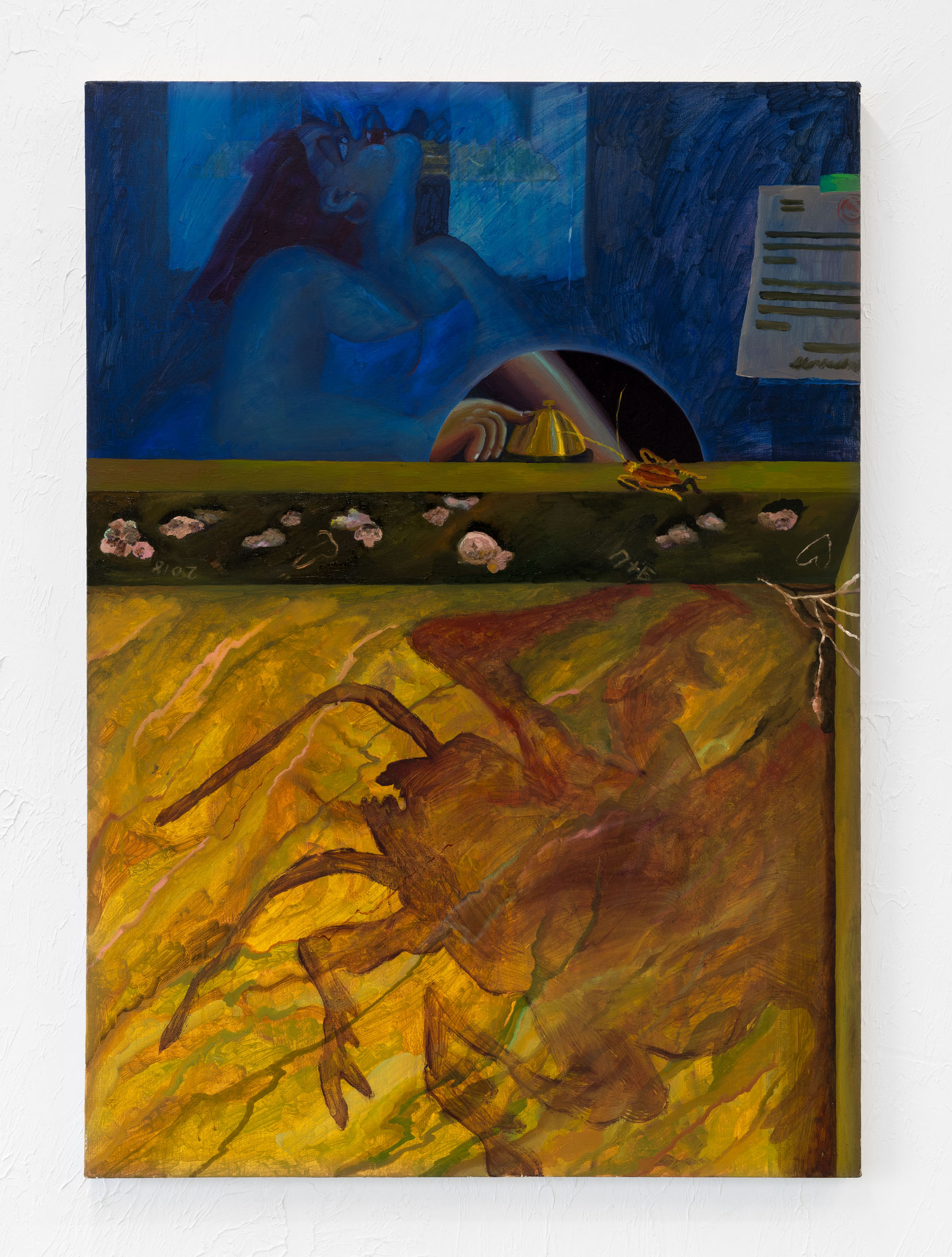
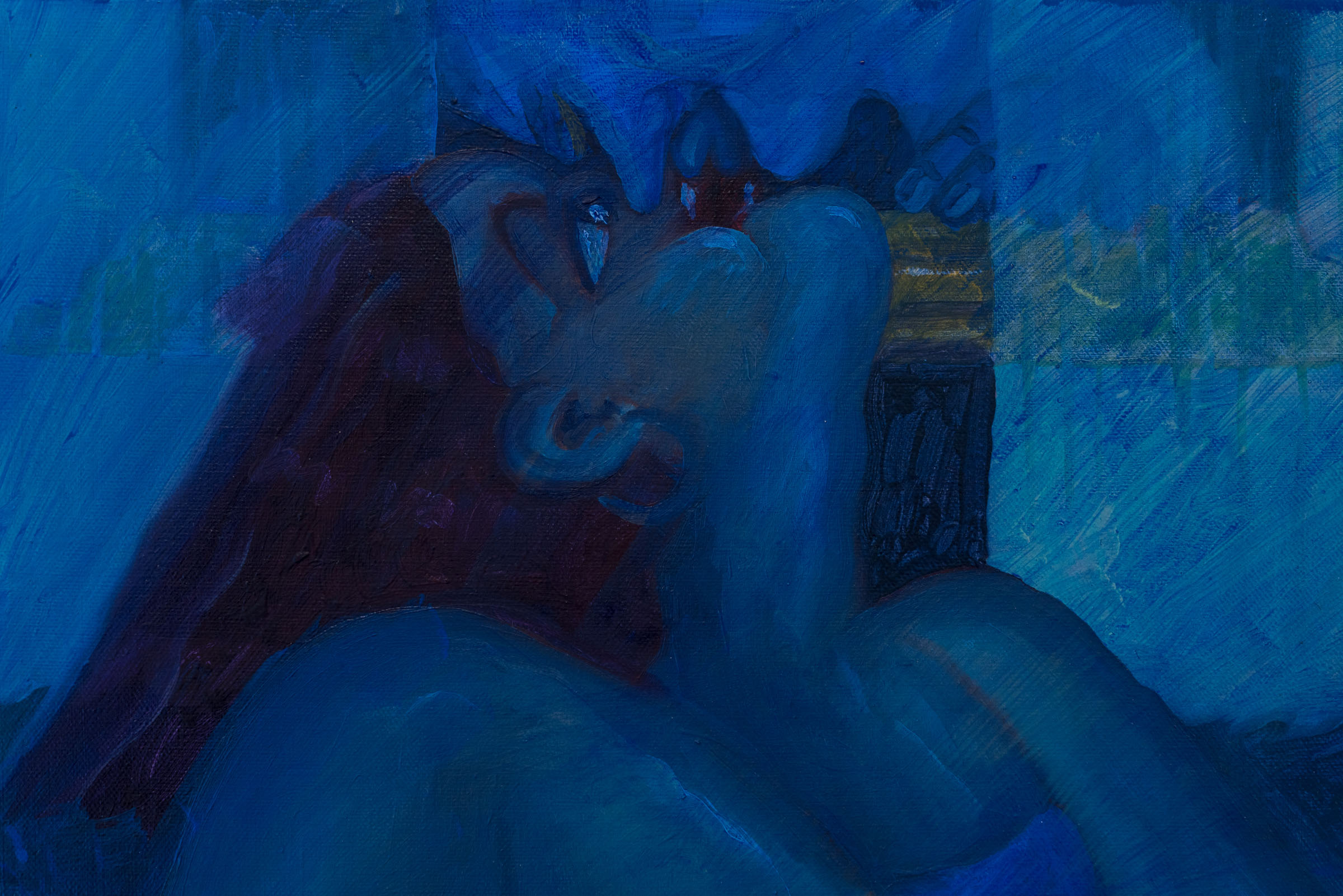
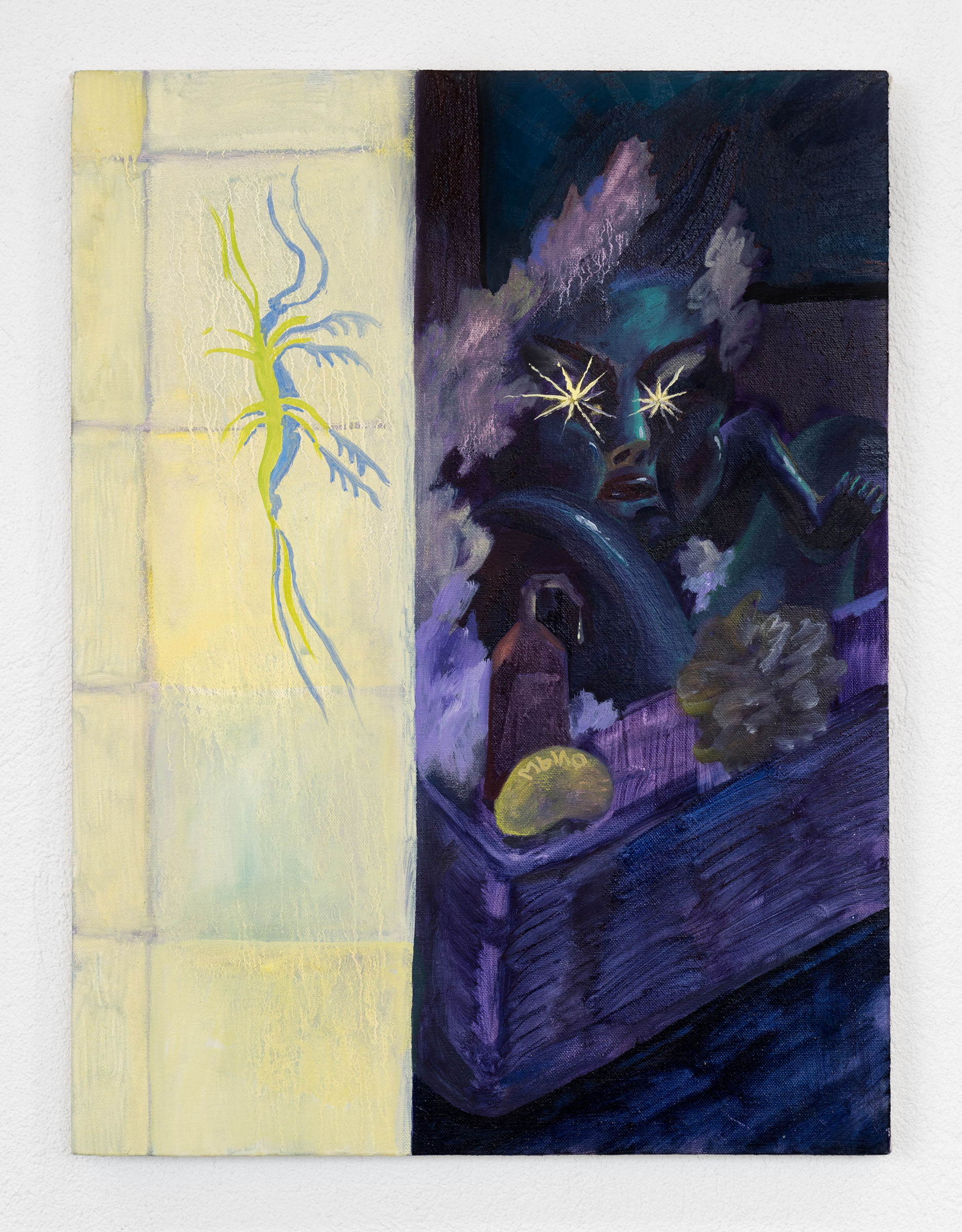
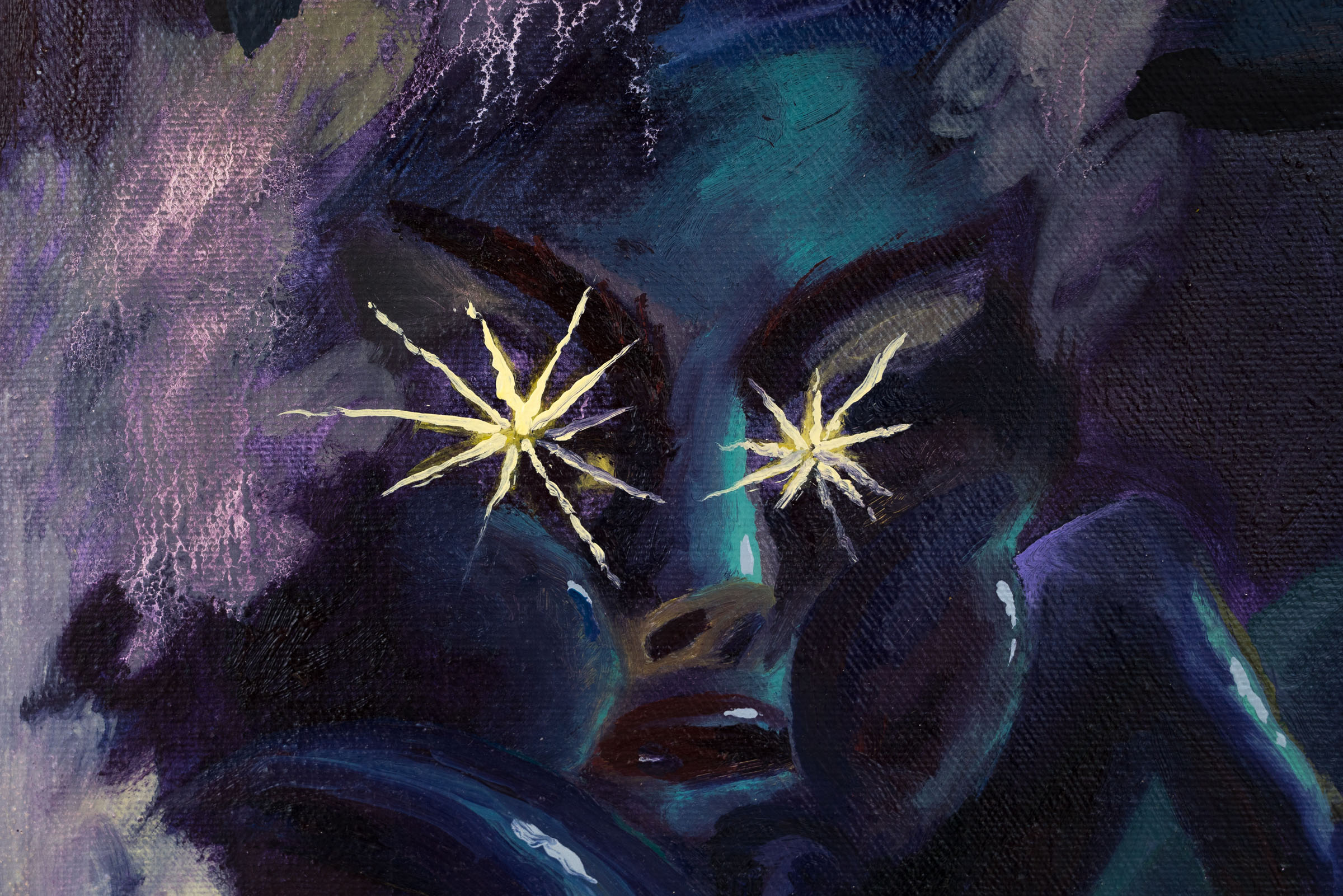
Women’s Work
Anne Low, Luanne Martineau, Olga Abeleva
At L’INCONNUE, Montreal, QC, Canada
Apr 18 – Jun 8, 2019
L’INCONNUE
Previous Articles
OFLUXO is proudly powered by WordPress
